Faced with the trend of businesses having to promote the development of green and digital ports, increasing container loading and unloading prices at seaports is considered necessary to provide businesses with more investment capital.
Price is half in the area
Since the beginning of February 2025, Gemadept Cai Mep Port Joint Stock Company - Terminal link (Gemalink Port, Cai Mep - Thi Vai area) has applied a new price frame for container loading and unloading services at seaports.
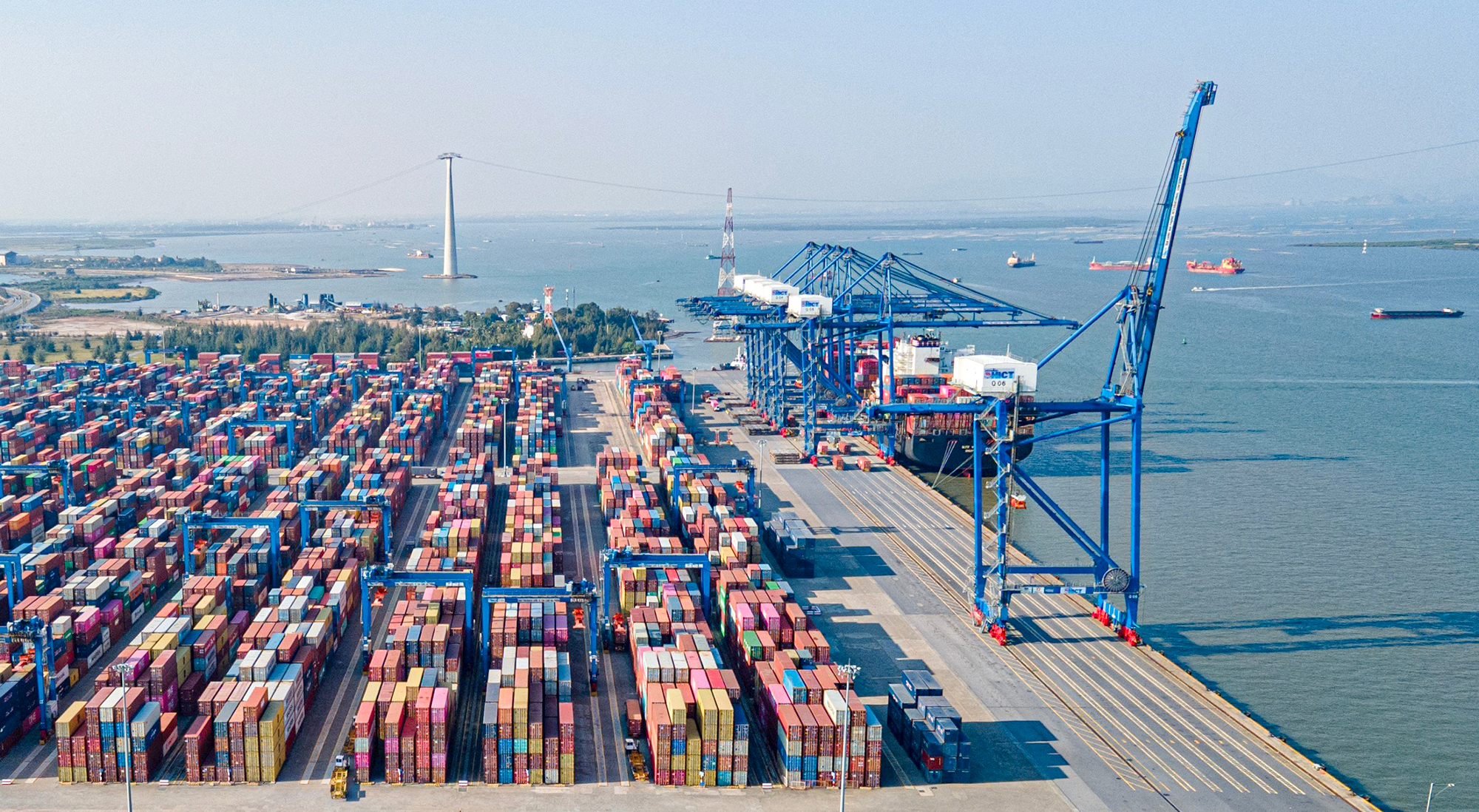
The price of port loading and unloading services in Vietnam is considered much lower than other ports in the region. Photo: Ta Hai.
According to the company's listing, the prices for import/export container loading and unloading services are all listed at the maximum level according to current regulations with 66 USD/20-foot container, 97 USD/40-foot container and 108 USD/45-foot container with goods.
However, recently, in a document sent to the Ministry of Transport and the Vietnam Maritime Administration, Cai Mep Gemadept Port Joint Stock Company - Terminal link proposed to adjust the price of container loading and unloading services, ensuring that the service price in Vietnam is close to the average price in the region. The reason is that the price of this service at Vietnamese seaports is still very low.
To keep up with the greening and digitalization trends of the global maritime industry and meet the increasingly stringent requirements with high standards from shipping lines, ports need large funding sources. Low loading and unloading prices, insufficient revenue for businesses to reinvest, and unable to carry out projects to keep up with these trends.
"Adjusting container loading and unloading prices contributes to protecting the legitimate interests of the port without affecting national logistics costs and import-export enterprises," the enterprise's document stated.
Not only Gemalink, many seaport enterprises also expressed their desire to increase port loading and unloading service prices, especially at deep-water ports.
According to businesses, although the port lists service prices at the maximum level compared to regulations, the actual applied price is often only at the floor price due to competition factors, as well as depending on many factors such as relationships with partners, short-term or long-term contracts, etc. Meanwhile, the price of loading and unloading containers in Vietnam is only about 50% of the average price in the region.
According to the Vietnam Seaport Association, at Cai Mep deep-water port, the average container loading and unloading price is about 57 USD/20-foot container and 85 USD/40-foot container. These prices are 51% and 53% respectively compared to seaports in Singapore, 44% and 43% respectively compared to Hong Kong (China).
Is low price a competitive advantage?
According to the announcement of the World Bank and the financial news agency S&P Global Market Intelligence, the 2024 Container Port Performance Index (CPPI) of Vietnam, represented by Cai Mep port cluster in Ba Ria - Vung Tau, ranked 7th out of 405 global container ports, ranking higher than many major transit ports in the world such as Yokohama - Japan (9th), Hong Kong (15th), Singapore (17th).
This shows that the service quality and operational efficiency of Vietnamese seaports are better than many other seaports in the region. Therefore, lower container handling service prices compared to other countries will cause a capacity imbalance, affecting the competitiveness of Vietnamese ports.
According to a port enterprise in Hai Phong, in reality, low loading and unloading service prices do not give Vietnamese seaports a competitive advantage over other ports in the region. Because ports around the world are competing with each other in technology, infrastructure, and planning.
"Singapore's seaports have wharf lengths of up to 4-5km, making it convenient for shipping lines to bring ships in to load and unload goods. Meanwhile, the average wharf length of Vietnamese seaports is only a few hundred meters or more than 1km.
The connectivity between ports is also poor, and the infrastructure connecting after the port is developing slowly. Although service prices are low, shipping lines have not brought hubs (cargo gathering points) to Vietnam to transit," the company said, adding that ports must develop strong infrastructure and technology to be able to compete with the region.
Research suitable price adjustment roadmap
In 2024, Circular 12/2024 regulating the mechanism and policies for managing service prices at Vietnamese seaports and Decision 810 of the Ministry of Transport on the price framework for container loading and unloading services at Vietnamese seaports adjusted the price of container loading and unloading services at seaports, increasing by about 10% compared to before.
However, a representative of the Vietnam Association of Shipping Agents, Brokers and Services (Visaba) said that the adjusted prices have not yet covered the costs of investment, operation and maintenance at Vietnamese ports.
If the handling price is adjusted upwards, port enterprises will have funds to invest in environmentally friendly technologies such as renewable energy systems, exhaust gas treatment and infrastructure to support green transport.
Mr. Phan Nguyen Hai Ha, Head of Transport Services Department, Vietnam Maritime Administration informed that this agency has received petitions from associations and enterprises proposing to increase container loading and unloading service prices at deep-water ports such as Lach Huyen, Cai Mep - Thi Vai, because these are the places where the country's main goods are concentrated. At the same time, research has a roadmap and plan to adjust prices, gradually bringing service prices at Vietnam's seaports closer to the region and the world.
"The Maritime Administration is coordinating with relevant agencies to study this proposal," Mr. Ha shared.
In Vietnam, foreign shipping lines are charging THC (port handling surcharge) at three times the price paid to port operators. The average THC price applied by shipping lines in Vietnam is about 125 USD/20-foot container.
With this collection rate, shipping lines pay the seaport in Hai Phong an average of nearly 40 USD/20-foot container and in Cai Mep it is more than 50 USD. While according to international practice, 80% of the THC price that shipping lines collect from cargo owners will have to be paid to port operators.
Source: https://www.baogiaothong.vn/dong-loat-de-xuat-tang-gia-boc-do-cang-bien-192250217223311089.htm


![[Photo] Air Force actively practices for the April 30th celebration](https://vstatic.vietnam.vn/vietnam/resource/IMAGE/2025/4/15/16fdec3e42734691954b853c00a7ce01)
![[Photo] National Assembly Chairman Tran Thanh Man attends the summary of the organization of the Conference of the Executive Committee of the Francophone Parliamentary Union](https://vstatic.vietnam.vn/vietnam/resource/IMAGE/2025/4/15/fe022fef73d0431ab6cfc1570af598ac)

![[Photo] Ho Chi Minh City after 50 years of national reunification through buildings and symbols](https://vstatic.vietnam.vn/vietnam/resource/IMAGE/2025/4/15/a224d0b8e489457f889bdb1eee7fa7b4)
![[Photo] Welcoming ceremony for Prime Minister of the Federal Democratic Republic of Ethiopia Abiy Ahmed Ali and his wife](https://vstatic.vietnam.vn/vietnam/resource/IMAGE/2025/4/15/77c08dcbe52c42e2ac01c322fe86e78b)
![[Photo] General Secretary To Lam meets with veteran revolutionary cadres, meritorious people, and exemplary policy families](https://vstatic.vietnam.vn/vietnam/resource/IMAGE/2025/4/15/7363ba75eb3c4a9e8241b65163176f63)














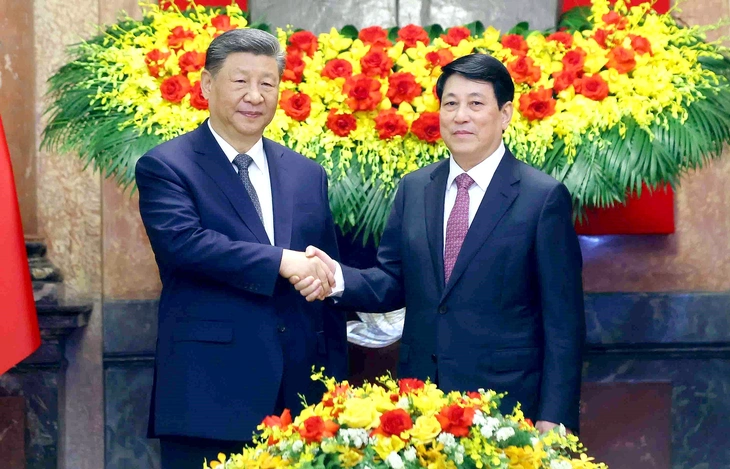











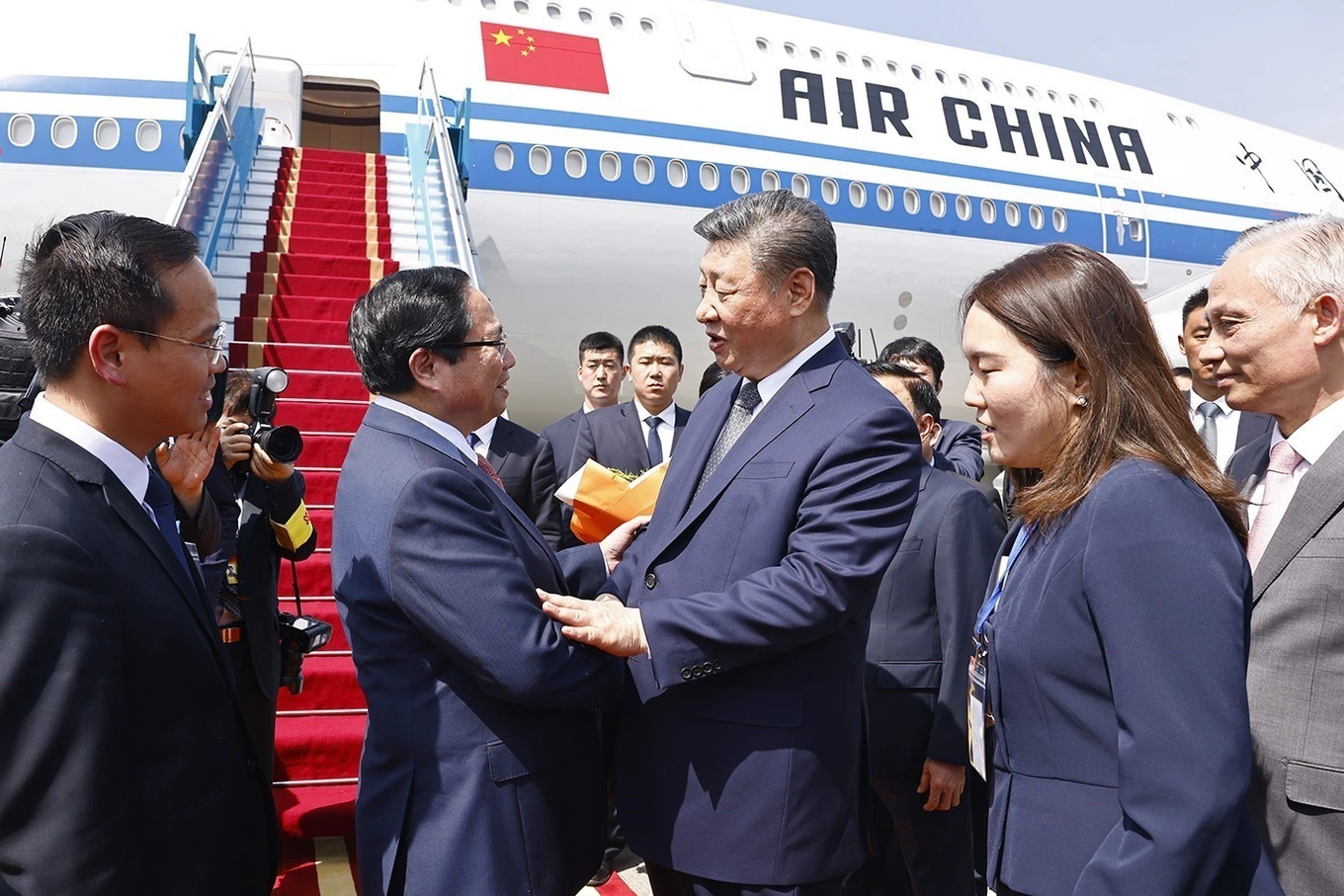



























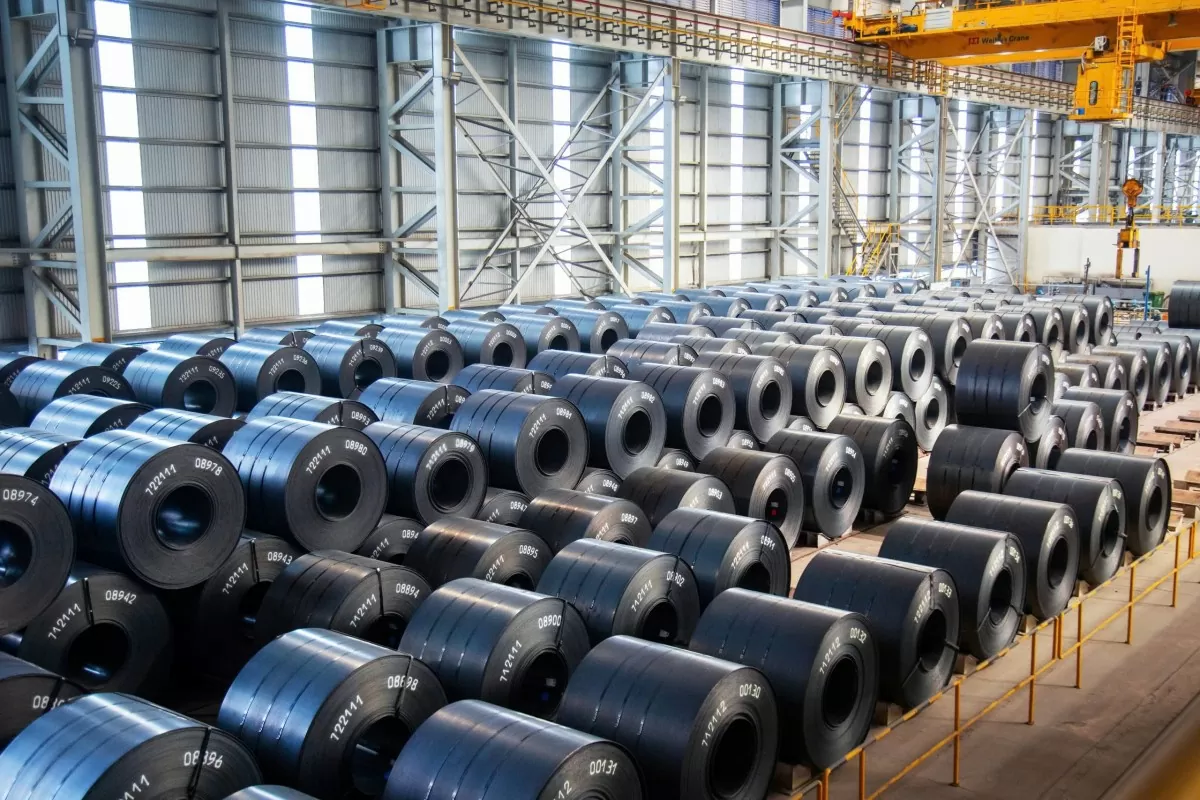



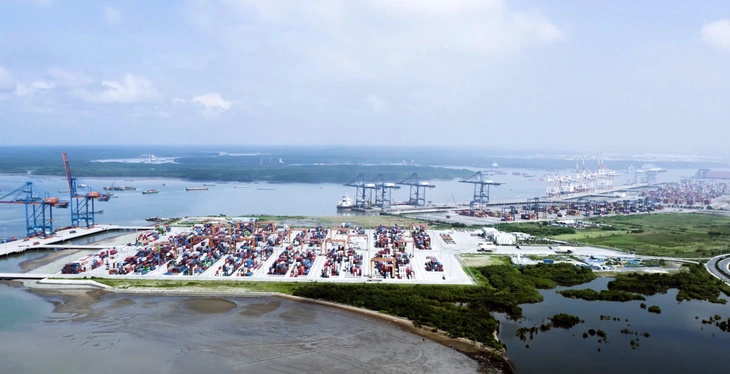



















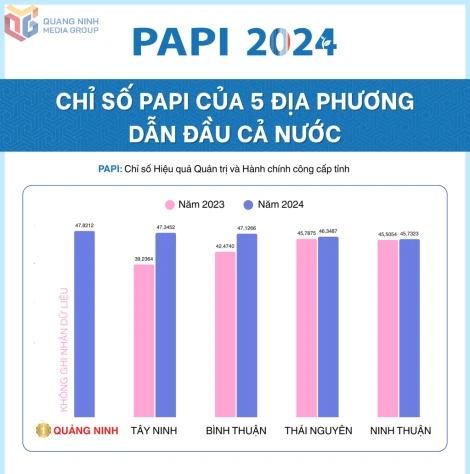





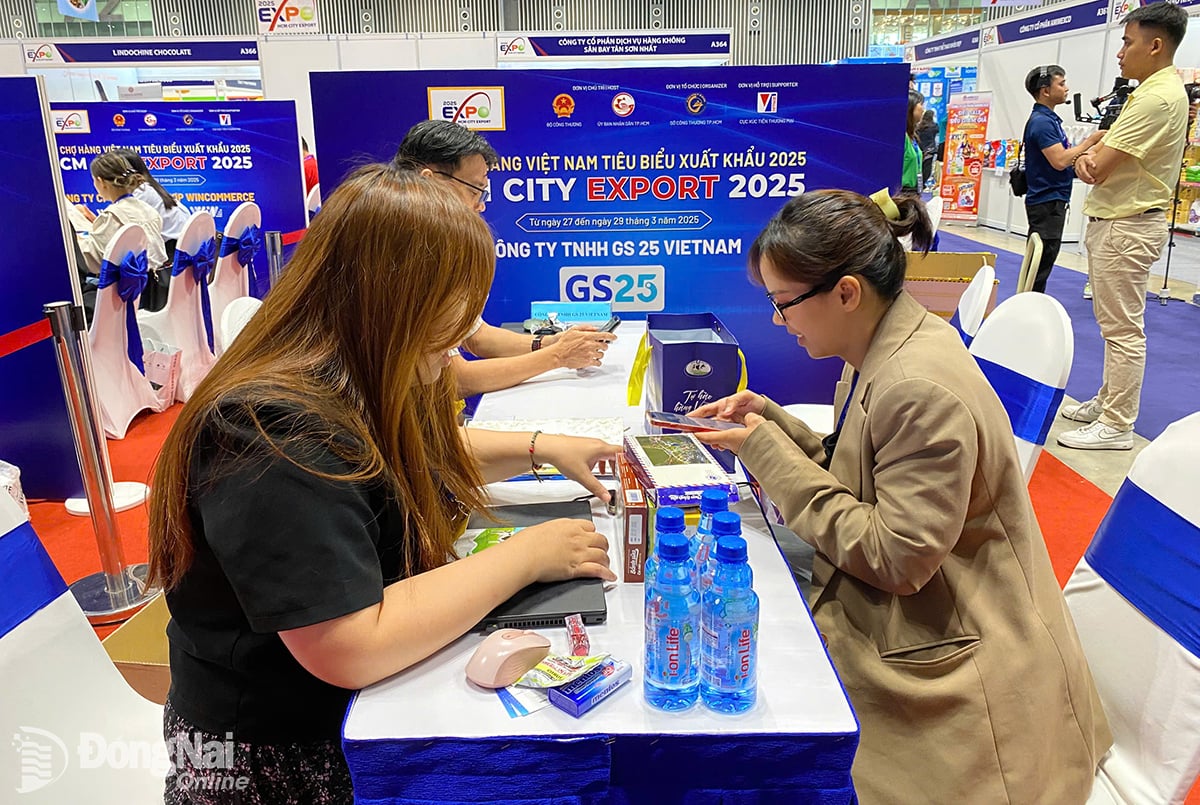



Comment (0)